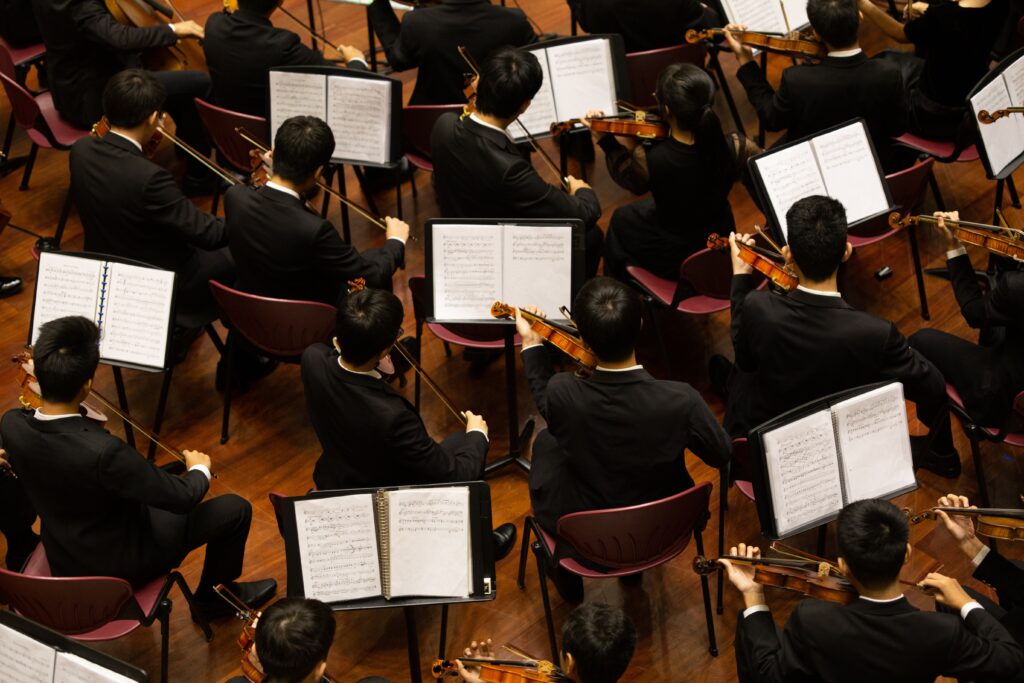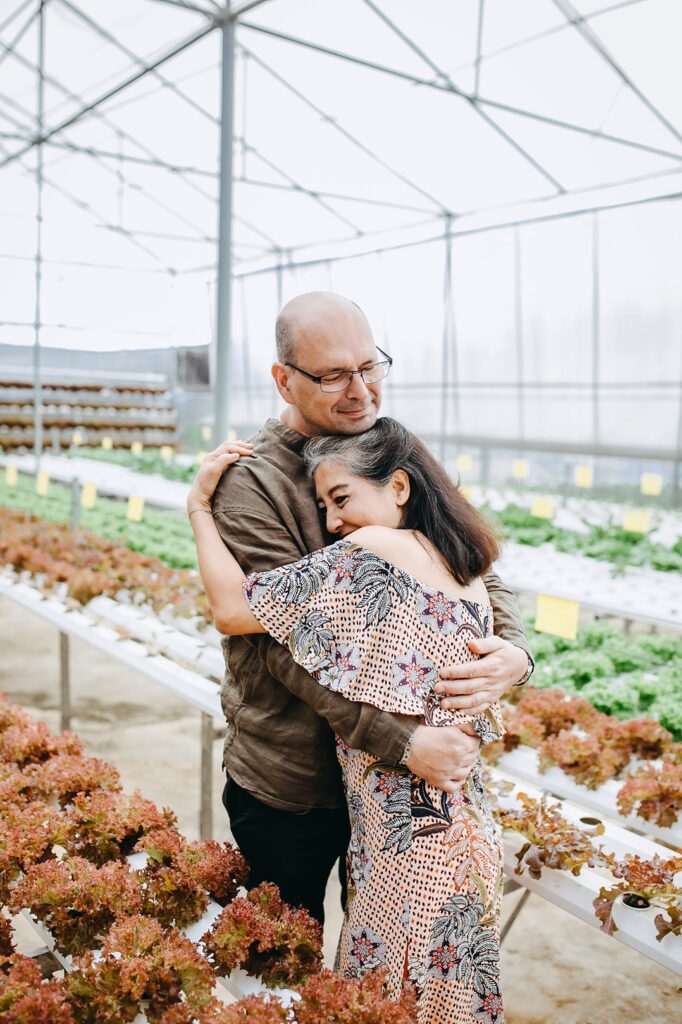Many of us have hobbies we love.
When we’re engaged in these activities we can become absorbed in them.
Time flies by.
We feel calm, alert and very focused.
When things go wrong we’re less bothered than we might normally be.
Have you ever had an experience like this?
If you have, you’ll likely understand why this beautiful combination of relaxation and alertness is a kind of optimal state for doing anything.
Experiences like these can appear in emergency situations or in rare moments of really feeling connected to natural beauty.
In emergency situations heightened calm and focus makes us extremely clear headed. This level of clarity and presence can make things appear to be happening in slow motion.
In settings of natural beauty or when enjoying a particularly beautiful piece of music heightened attention can make us feel absorbed by these experiences and acutely aware of the details.
My Experience
I will never forget an experience I had when I was studying to be a professional musician. During one particular concert our student orchestra was playing a piece by the English Composer Benjamin Britten. For the Classical Music lovers out there it was the ‘Storm’ movement from his ‘Four Sea Interludes’. It’s a wild piece. Sections of the orchestra take it in turns to embody the wildness. I sat listening to a section in which I didn’t play. In the middle of the concert suddenly the space between me, the music and the other musicians just disappeared. I felt like I was connected to the music and everyone playing it. It was an unforgettable moment. The calmness and focus were amazing. I felt like I could hear everything with crystalline clarity and it felt amazing.

The experience was just extraordinary. I’d heard the piece so many times in rehearsal but never experienced it that way before.
What I didn’t know then was that states of focus and presence in peak experiences like these are composed of skills you can train.
That means that you don’t have to wait for exceptional circumstances of beauty or crisis to experience the kind of focus and calm that helps us enjoy life with a whole new level of intensity, fulfilment and ease.
We have a name for the experience we are describing ……drumroll….
Mindful Awareness
At Aussie Meditation we teach the Unified Mindfulness System which was created by renowned Meditation Teacher and Neuroscience Researcher, Shinzen Young.
Unified Mindfulness defines Mindful Awareness as 3 attention skills working together.
They are:
- Concentration
- Sensory Clarity
- Equanimity
In this blog we’re taking a look at the first of these skills.
Concentration
The Unified Mindfulness System defines Concentration as ‘the ability to focus on what you choose when you want to.‘
On its own the skill of concentration is incredibly valuable.
The basis for developing any skill is quality concentration.
These days there are numerous books pointing to the value of Concentration and ‘Deep Work’. In this age of perpetual digital distraction people with great concentration skills who can bring creative and quality work are incredibly valuable to employers.
It’s not an exaggeration to say that it is the fundamental skill that underpins achievement in any field.
Great concentration has ENORMOUS flow on benefits across our lives because every part of life is impacted by how much focus and presence we have.
An elevated level of focus also means we are more present for our lives, loved ones, friends and colleagues who also feel the benefits of that.
Presence is not only a vital part of any purposeful action it’s also the best gift you can give to any relationship.

Great concentration skills are great for everything!
Developing Concentration with Mindfulness Meditation
Being clear that we want to possess a high level of skill in an area is not the same as actually having it.
As a musician I’m very familiar with the notion that practising is a key to improving skill. To practise effectively we need to understand WHAT and HOW to practise and we need to do that daily over a long period of time.
The Skills of Mindfulness, including concentration, are no different.
It’s like going to the gym to build strength and fitness, only instead of physical reps (repetitions) we are doing attentional reps which build our ability to focus.
Understanding how to train these skills also means we can find ways to do this across the course of even the busiest day.
This training we’re describing is what we know as Mindfulness Meditation.
We can train this ability by focusing on large or small objects of focus and by using either Momentary Concentration or Sustained Concentration.
Both approaches – Momentary and Sustained Concentration – are common in meditation.
Focusing on a single experience for an extended period is a common notion of concentration. This is the kind of concentration you might use if you were doing a breath meditation focusing on the tip of your nose. This is Sustained Concentration.
Momentary Concentration involves short periods of high concentration moving between objects of focus. This can give a meditator a potentially limitless range of options to develop their focus. They can practice according to a current interest, an opportunity that may open up or with challenges that life may present. This approach makes attention skill development very portable. By allowing us to move between focus objects while still experiencing high concentration this approach fits easily into our everyday lives. Meditation can become more a way of life than a part of life.
Concentration and Calm
Many people are attracted to meditation from a desire for a little peace or tranquility.
When we practise meditation our concentration deepens. This relaxes us physically and emotionally giving us a feeling of calm. With practice our mental activity naturally lessens and we may discover periods of mental quiet which can be an exciting discovery.
Calm and concentration have a mutually supportive relationship.
Greater concentration leads to greater calm. Focusing on that greater calm deepens our concentration further. As our practices progresses the experience of calm becomes more and more enjoyable. That motivates us to continue. Round and round it goes. Calm and focus supporting each other as the practice takes us deeper.
Being absorbed in any act of great focus is intrinsically pleasurable. Even an experience we may not typically associate with pleasure can indeed, with a high level of concentration, be enjoyed. Opening up to our experience and focusing on it closely takes us to the doorway of our next skill in this series of the Skills of Mindfulness – Sensory Clarity.
Our first attention skill Concentration is about our ability to focus on what we choose.
Sensory Clarity involves tracking and exploring our sensory experience in real time. With Sensory Clarity we are observing and analysing our sensory experience to discern and detect details as they happen. This is an activity that benefits from great Concentration.
For now we’ll plant a little seed by saying that Sensory Clarity plays a vital role in mindfulness’ profound impact on how we relate to our sensory experience.
This is a skill that opens up doorways to:
- Insight
- Reducing suffering – managing physical and emotional pain/stress
- Changing old old habits and adopting new ones.
We’ll take a deeper look into the skill of Sensory Clarity in ‘The Trainable Skills of Mindfulness Part 2’ (coming soon)
Learning the ‘How To’
At Aussie Meditation we are passionate about the benefits of Mindfulness practice.
We love teaching and sharing ‘How it Works’, ‘What to Do’ and ‘Why it Matters’!
To experience the life changing gift of Mindfulness Meditation for yourself join one of our Online Courses or book a free 1 to 1 session. We’ll discuss how Mindfulness could support you and your happiness.